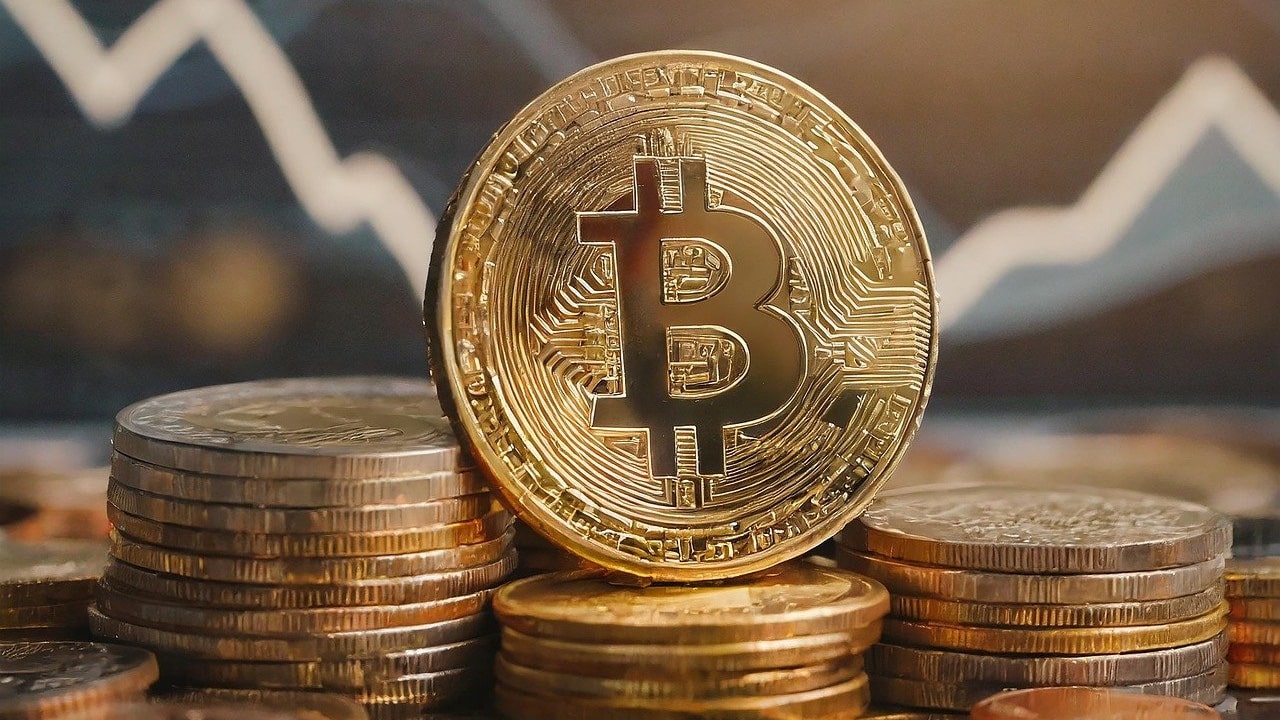Bitcoin saw a more than 5% decline during the previous intraday session, dropping from $64,700 to a low of $59k. The day ended with the asset trading at $60,600.
The current 24-hour session is no different, as the dip goes lower. For the first time in over two months, the apex coin is exchanging at $57,800 after rebounding at $56k. At the time of writing, it is down by more than 4%.
In response, the relative strength index continues its decline and is at its lowest this year. Nonetheless, the indicator points to the end of the downtrend as it approaches 30. A slip below this mark will cause BTC to be oversold. This will trigger a buyback in the coming days. However, there are other signs of an impending trend reversal.
The U.S. Treasury BuyBack
MartyParty took to X to express his thoughts about the latest move by the Feds to buyback treasury for the first time since 2002.
The program will start on May 29, 2024, to improve “liquidity in the Treasury market and is expected to run through July 2024.” The Treasury plans to hold “liquidity support buybacks of up to $2 billion per operation, with up to $500 million allocated for TIPS” weekly.
The X user claimed that the plot is not genuine and that the Feds only seek a bank bailout.
Reacting to the news, another user said the move is negligent as Congress has no debt ceiling. They added that the most recent move is counterproductive as the Fed is to curb inflation by doing Q.T. However, the treasury buyback is against this bid as it induces Q.E.
What it Means for BTC
Many experts fault the latest move by the U.S. Treasury and claim it will do nothing to halt inflation. Others, like the two X users, claim it is counterproductive and will lead to a further surge in the price of regular items.
The Feds will increase interest rates to keep up with the impending hikes. Bitcoin will surge as investors start seeking alternative assets to offset inflation. Traditionally, the apex coin reacts positively to increases in interest rates. The same will play out.
Nonetheless, data point to the current price trend as being normal.
Similarities Between U.S. and Hong Kong ETFs
Following a successful halving, many expected the uptrend to continue. Following the speculations of Bitcoin ETF in Hong Kong, many bulls set the next price target to $70k. However, this never happened as the asset went downhill.
The current downtrend resembles how the largest cryptocurrency reacted when the United States SEC approved the Bitcoin ETF. Following the approval, the market failed to respond for three days as the coin started its dip.
The bulls at the time tried pushing prices as high as $50k but failed. Afterward, the apex coin started a downtrend that saw it retrace by over 17% over the next ten days before recovery. Nonetheless, there were false surges that resulted in small gains.
The same trend is playing out this time. Since the Hong Kong ETF launch, BTC has been in a downtrend, losing over 8%. How long the bulls will take to soak up the excess supply remains to be seen.
However, the candle the apex coin is printing suggests an impending uptrend. Its extended wick suggests that buyers are already soaking up the excess supply. If this continues, the largest cryptocurrency will look to gain stability above $60k in the next 24 hours.
Continuing the decline will result in the asset dropping as low as the first pivot support at $55,700. Nonetheless, the old trend suggests a 10% to 17% drop. A correction to $50k is almost inevitable if the same plays out.
Following the decline in January, the apex coin went on one of its most significant surges, ending at $74k. It would look to repeat the trend and reclaim the said level.
